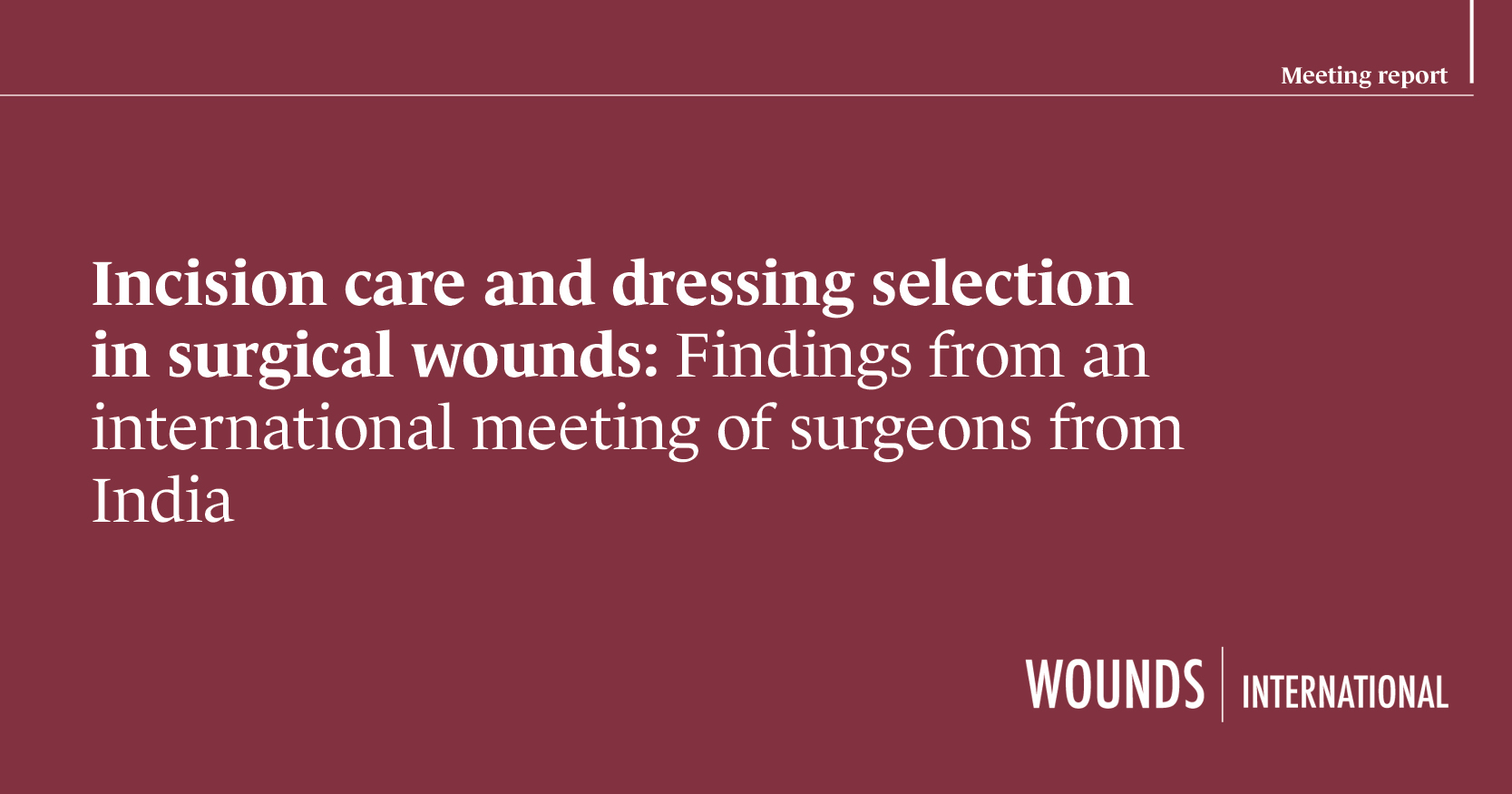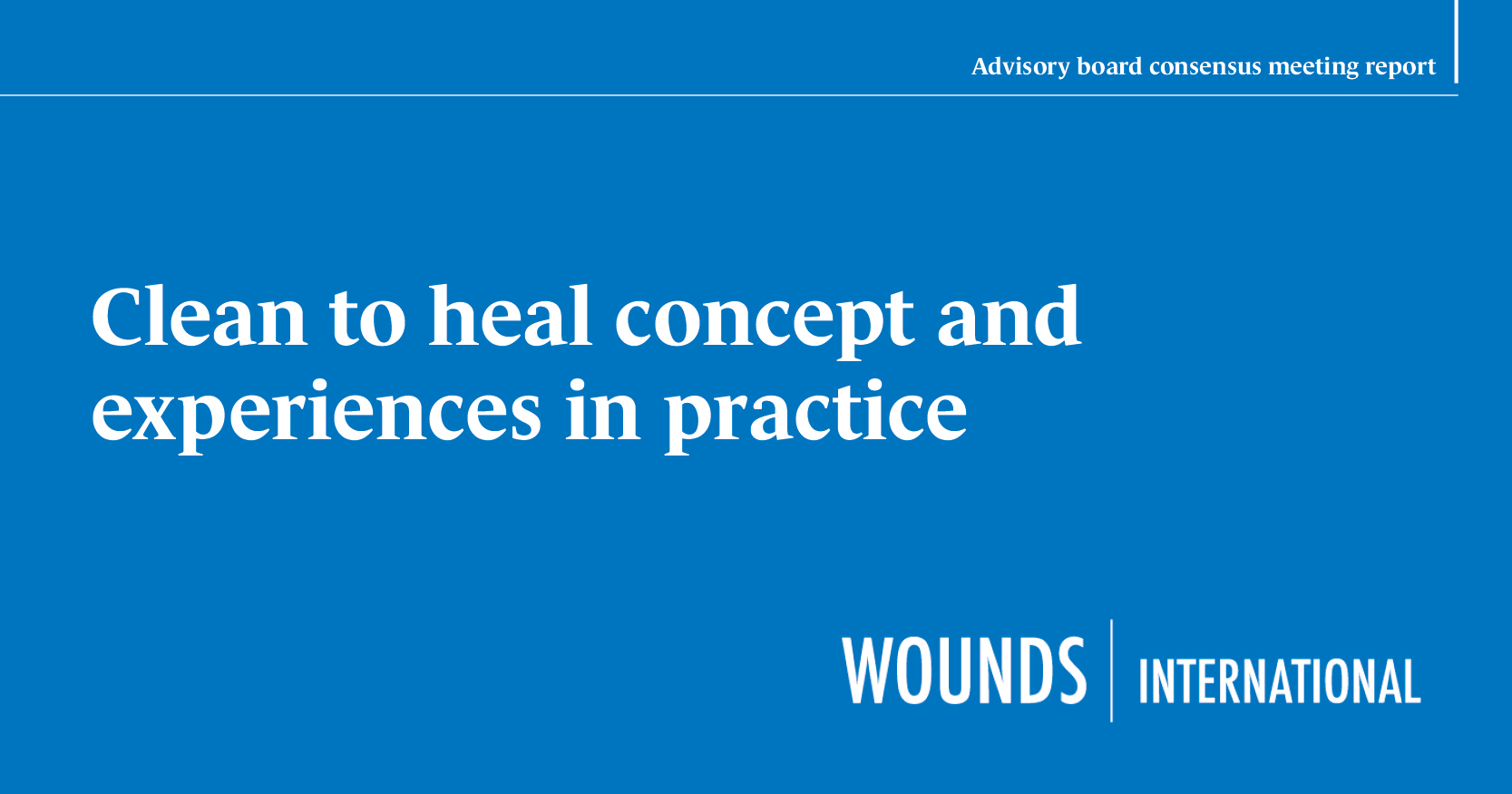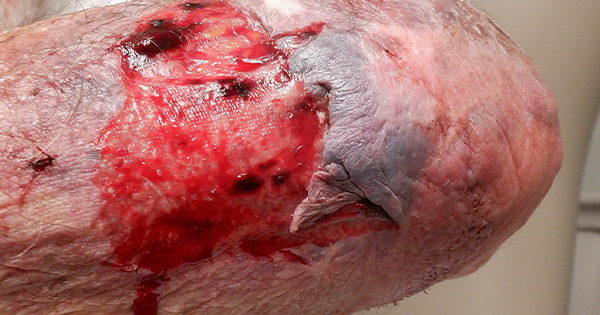T
here is no doubt that getting patients out of bed is beneficial. Humans were not designed to lay in bed, we were designed to be up and about. However, progressive mobility, according to the Critical Care Nurses in the US is “a series of planned movements in a sequential manner beginning at a patient’s current mobility status with a goal of returning to his/her baseline” (Vollman, 2020). Nowhere in that definition does it say “move the patient to the bedside chair for hours on end”. But that is what is happening. I hear you saying: ”You’re kidding, aren’t you?” I wish I was.
I’m not sure what has happened. Years ago, patients laid in bed for days and nurses “turned, coughed and deep breathed” them every 2 hours. No one got out of bed the day of surgery, young healthy patients got up on postoperative day 3 and of course we watched for orthostasis. Today, patients go home the same day as major surgery.
Where does the chair come into the story? There are some patients who are not well enough to go home quickly. They have comorbid conditions that require monitoring and medications. And these are their stories…
“I feel better in the chair, so just leave me here.”
“The orders state to get the patient up in the chair for 12 hours the day after surgery.”
“I can breathe better in the chair than in bed, so I will just sleep here like I do at home.”
And well-meaning nurses who are working with these mentally intact patients allow the patient to have the autonomy to just stay in the chair for hours and hours. That is where the problem comes in.
Here is your assignment. Go and sit on one of the chairs at the bedside of one of your patients. OK, that might be embarrassing, so find one in an empty room. Could you sit there for 12 hours? Could you sleep in that chair? You say “no”, but what if you just received opiates for pain control?
If you are working with a practitioner who orders patients to be up for 12 hours a day, be certain that the patient stands up every hour or two, walks around, uses the bathroom, etc. Patients must not just sit in one position.
Of course, pressure ulcers are horrid. They are usually on the lower buttocks, not the ischia, because patients do not sit erect. And once the ulcers are present, they won’t be sitting again for a while.
Here is your second assignment. Check on the chair cushions that you can order. And when you write orders for early ambulation, limit sitting in a chair to 1–2 hour increments.
Now your last assignment, go find a nice comfortable chair!






